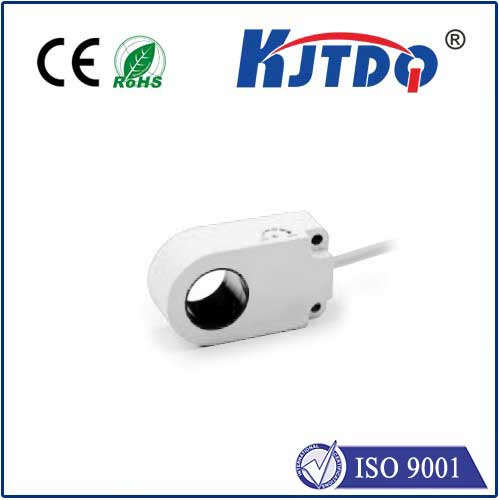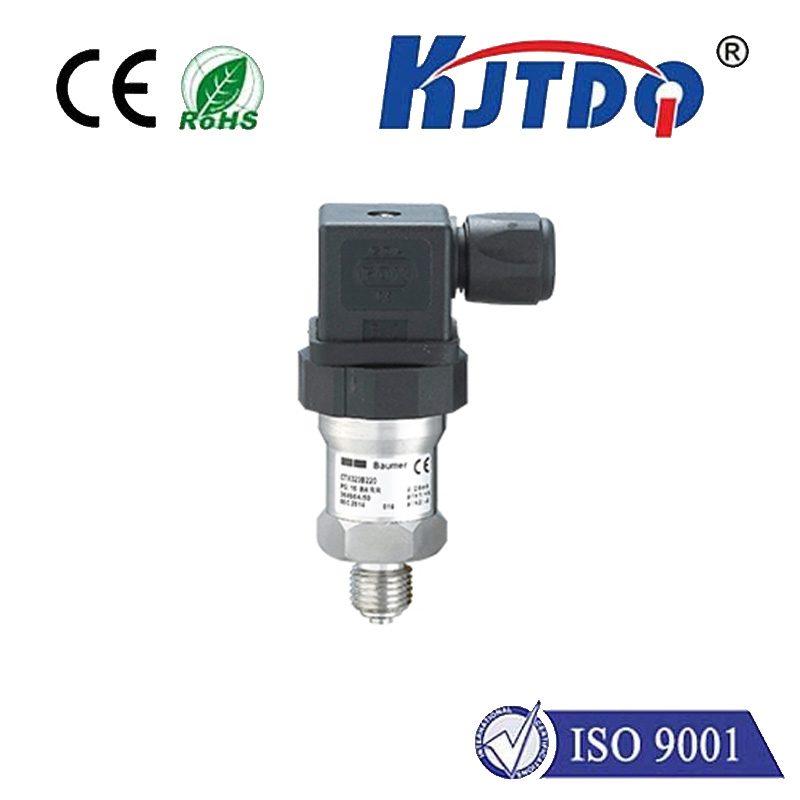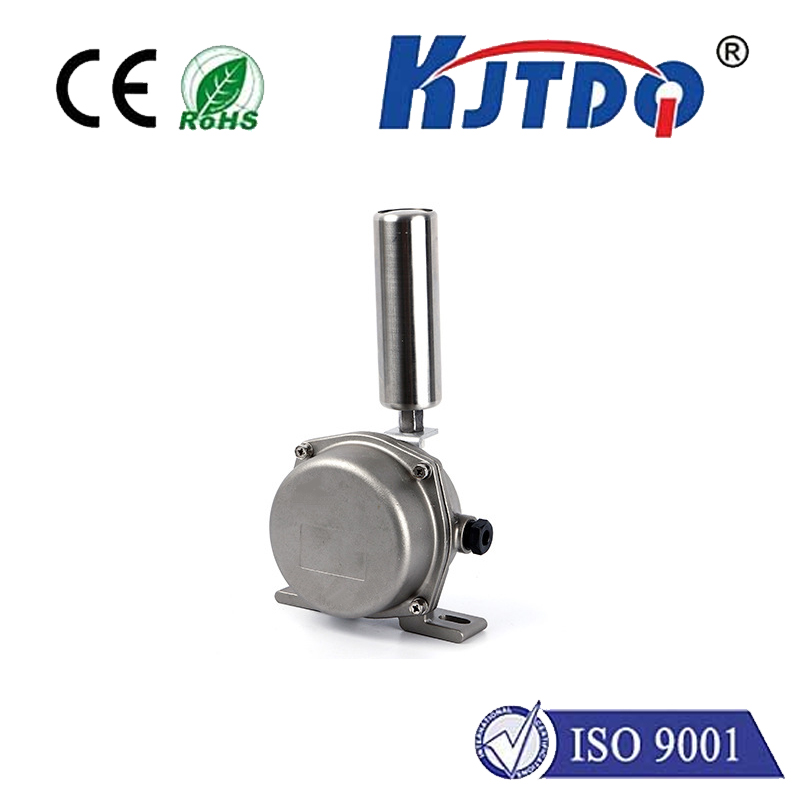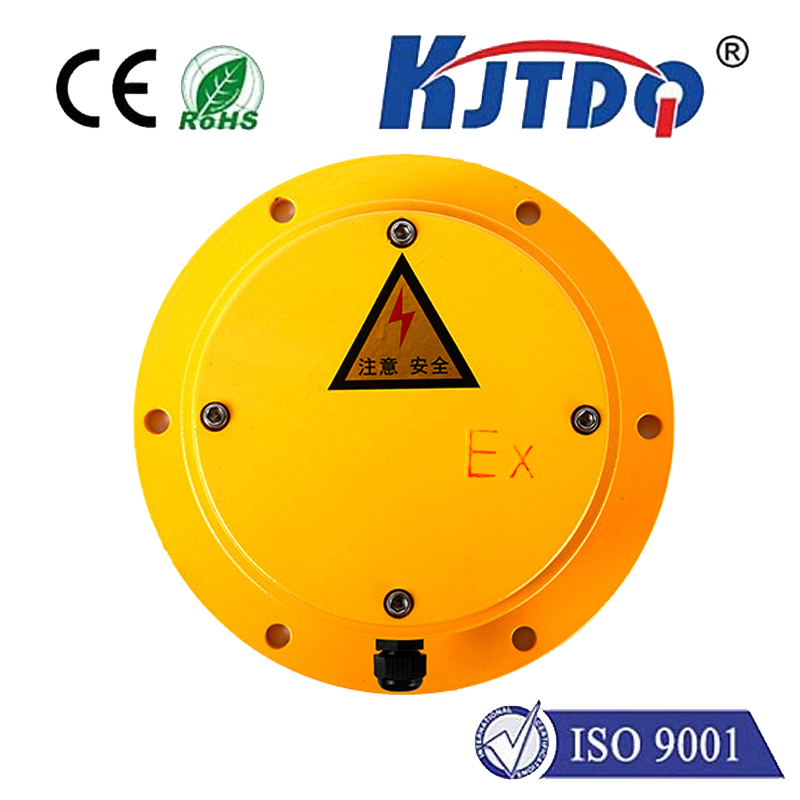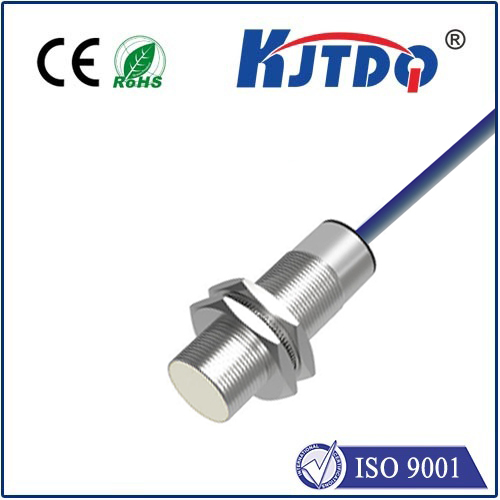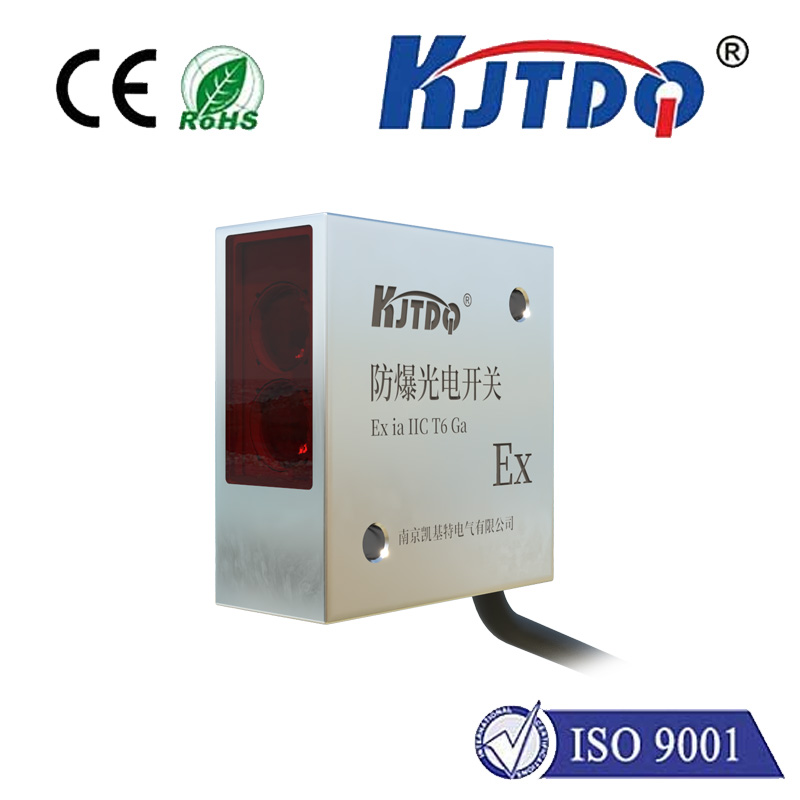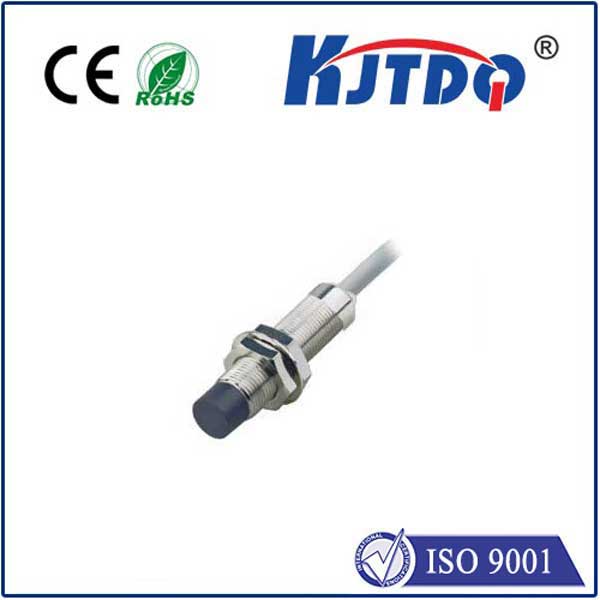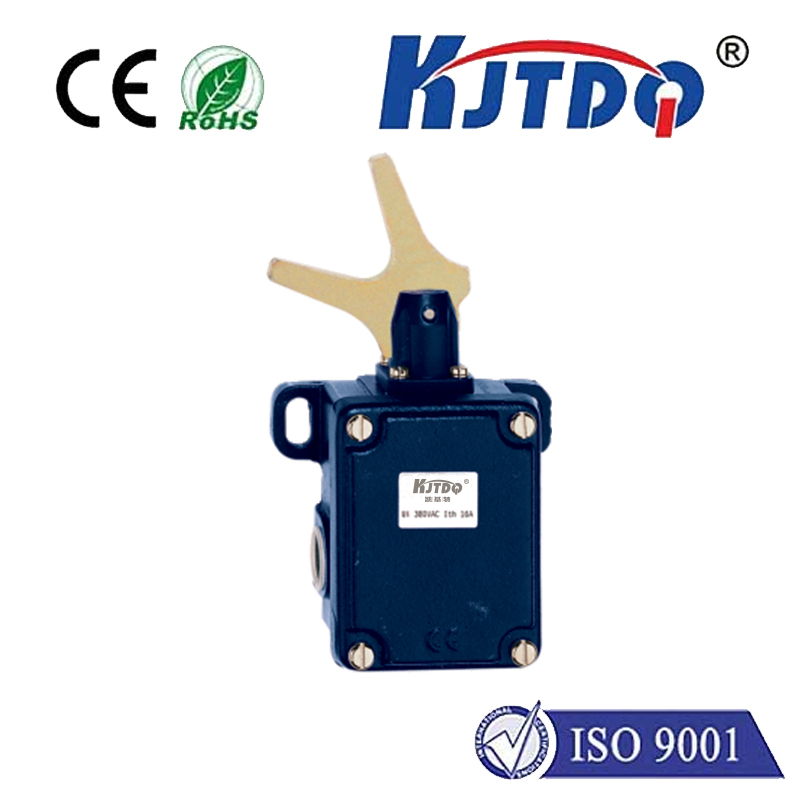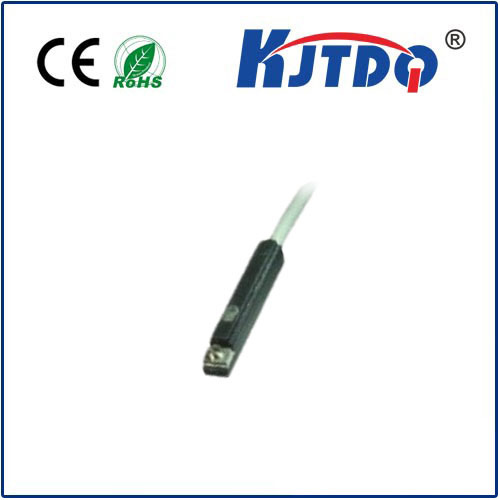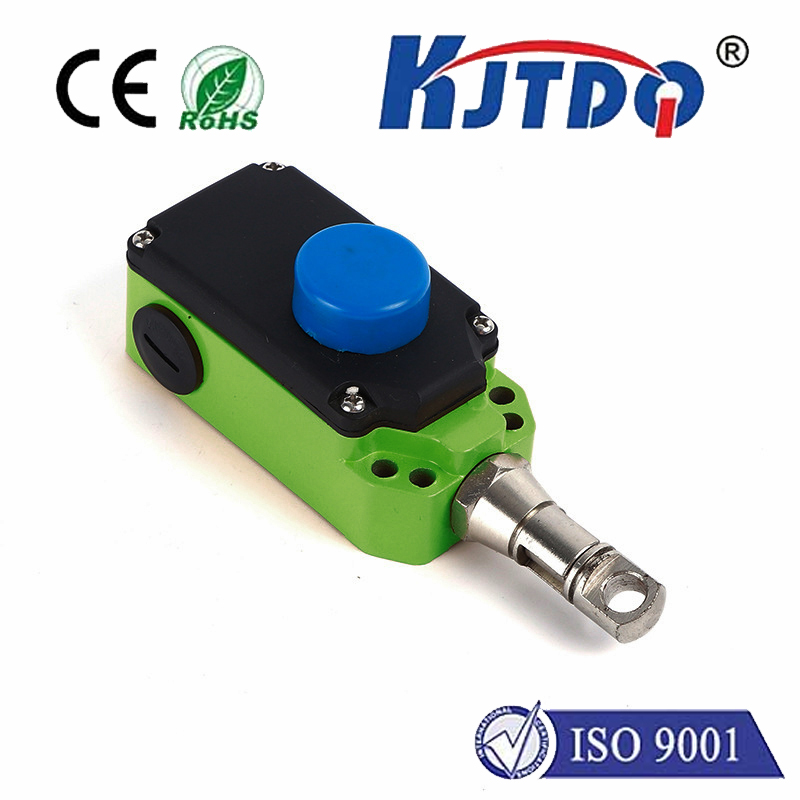

check

check

check

check

check

check

check

check

check

check
Title: Understanding Inducer Motor Limit Switches: A Comprehensive Guide
In the realm of mechanical engineering and automation, motors are essential components that power various devices and systems. Among the different types of motors, the inducer motor is a popular choice due to its high efficiency and performance. However, like any other mechanical component, the inducer motor can experience issues that may impede its functionality or even damage it. One such issue is the limit switch, which plays a crucial role in controlling the motion of the motor. In this article, we will delve into the concept of inducer motor limit switches, their functions, types, and troubleshooting methods.
Section 1: Introduction to Inducer Motor Limit Switches
An inducer motorlimit switch is an electronic device that detects the position of the rotor (the rotating part of the motor) and sends a signal to the controller. The purpose of this device is to prevent the motor from over-speeding or reaching its maximum speed limit, thus protecting it from potential damage. The signal sent by the limit switch informs the controller to adjust the motor's speed accordingly, ensuring smooth operation and efficient energy consumption.
Section 2: Functions of Inducer Motor Limit Switches
The primary function of an inducer motor limit switch is to provide feedback on the rotor's position to the controller. This feedback allows the controller to adjust the motor's speed and torque, ensuring optimal performance and preventing over-speeding. Additionally, the limit switch helps maintain proper alignment between the rotor and stator, minimizing friction and reducing wear and tear on components.
Section 3: Types of Inducer Motor Limit Switches
There are two main types of inducer motor limit switches: mechanical switches and electronic switches. Mechanical switches use physical contacts to detect the rotor's position, while electronic switches rely on sensors that convert the mechanical movement of the rotor into an electrical signal. Both types of switches have their advantages and disadvantages depending on the specific application and requirements.
Section 4: Troubleshooting Methods for Inducer Motor Limit Switches
If you encounter issues with your inducer motor limit switch, it is essential to diagnose and correct them promptly to avoid further damage or downtime. Some common troubleshooting methods include:
1. Testing the electrical connections: Check if the power supply to the limit switch is functioning correctly and if there are any loose or disconnected wires. If necessary, repair or replace the damaged connections.
2. Testing the mechanical condition: Inspect the mechanical components of the limit switch, such as the contacts or sensors, for signs of wear or damage. If needed, clean or replace these components to ensure proper function.
3. Resetting the firmware or software: If the problem persists after testing the hardware, try resetting the firmware or software of the control system to see if it resolves the issue. This may require specialized knowledge or tools specific to your motor and control system.
Section 5: Importance of Proper Maintenance for Inducer Motor Limit Switches
Regular maintenance is essential for maintaining optimal performance and extending the life of your inducer motor limit switch. Some recommended maintenance tasks include:
* Cleaning and lubricating any moving parts to reduce friction and wear.
* Checking the electrical connections regularly to ensure they are not loose or damaged.
* Conducting regular calibration tests to ensure accurate detection of rotor position.
* Consulting with experts or technicians for more advanced maintenance tasks as needed.
